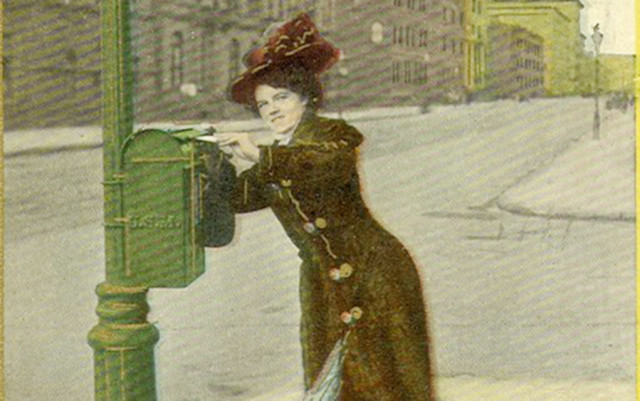
Chasing the tail
Paul Danish truly sounds as though he is running for office in his March 31 piece [Re: “Boulder, Uber, Google and traffic] about transportation in Boulder. Incredible though it may be, I almost agree with him.
For quite some time now I have been nonplussed at the automobile density around Boulder. Unlike the city where I live, Boulder’s traffic management seems to be enlightened (no pun intended) and reasonably evenhanded.Most drivers “live and let live” (but not all cyclists), responding well to buses stopping, etc.
Danish has a good point in discrediting further capacity expansion. There is an old, tried and true adage in the planning profession referring to the “tragedy of the commons,” whereby unused capacity lasts only until the concrete dries. I was deeply involved in T-Rex in Southeast Denver, and I explained to all who would listen that even if I-25 were widened to 32 lanes, it would be jammed at least during rush hours. Why? Because drivers think, aha! The highway is wider and I can get downtown faster. Unfortunately, about 100,000 other drivers feel the same way; and the new T-Rex highway can only accommodate 75,000 cars.
The real trick is to change personal habits. About 80 percent of cars go by with but one occupant. We are so accustomed to hopping the gas pump for every errand, visit and appointment.
It’s ingrained. We’re lazy. Granted, things are different during winter weather. But congestion pricing, higher parking tariffs and narrower roads have only so much effect. Driving, for example, in Ireland can expose the futility of these ideas, even with smaller cars.
I have proposed with tongue only half in cheek that the number of license plates be rationed. Americans would probably endure that for about fifteen seconds. They do not realize that driving is a privilege — to us it is a right, period. And the working poor would suffer disproportionately were registration fees raised significantly. Another regressive tax is not the answer.
Smaller and more numerous buses — think Disneyworld-style jitneys — or mini-trains a la Dallas/Fort Worth airport could help in and around the urban core. Beyond that, street design such as traffic circles, raised crosswalks, etc., only irritate motorists more. Land use patterns takes decades to change; I yearn for a finer-grained mix of uses militating against six stops to shop for six kinds of items.
Perhaps the only thing able to lighten the road load is us. Higher petroleum prices and more electric cars still means more cars. I wonder if in a way the cyclists have something — the concept of priority right-of-way for all of them and dedicated center lanes (12-feet wide, not 3) could help, in warmer weather.
When I see a four-car garage and an additional vehicle in the driveway at a residence I cringe. Every five people seem to “need” seven cars?
Good luck, Paul Danish. Maybe next you can even find a way to get drivers to stop for stop signs.
Gregory Iwan/Longmont
Thank you
A belated thank-you to Joel Dyer for his column “We need GE backbones” in the March 17 issue.
Well said!
I also have really appreciated your in-depth reporting on the conservative, behind-the-scenes network in Colorado and many other issues you cover that are of interest to the progressive community.
All the best,
Chris Hoffman/Boulder
Use some common sense
I have a serious question to ask the Boulder Library Foundation.
You can spend in excess of $150,000 on state of the art fabrication equipment and machinery for the new Makerspace BLDG 61 but we are unable to get any of the software that we need to run all the new machinery installed on the second floor computers.
All the software we are asking for is free and open source. Inkscape, Blender, Google Sketchup, FreeCAD, Scultptris, just to name a few. There could be one new icon added to the desktop of the second floor station. A 3-D folder, in that folder a whole array of free and open source 3-D and graphics programs ready to go.
I do not understand why it is so hard for the Library I.T. department to install the software we need. Their major and only objection to the thought from I.T. was that programs need to be updated from time to time. Well yeah as with everything, so the objection amounts to we would have to do extra work.
You can spend over $150,000 on equipment, but refuse to get us the tools to run the machinery that are free.
Am I the only one who sees the idiocy of this?
Here is a really nice tool but you can not have the free tools to run them.
An explanation would be nice.
Frank Edgar/Boulder














